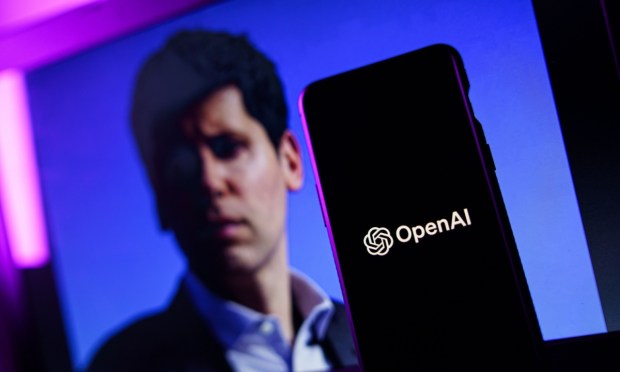
Sam Altman is reportedly set to return to OpenAI’s board following his ouster late last year.
That’s because a review has determined there is no evidence he should have been fired, the Financial Times (FT) reported Friday (March 8).
Altman was removed from his positions as CEO and board member from the artificial intelligence (AI) firm he helped start in January, only to be reinstated by the remaining board members — who themselves stepped down — within a matter of days.
In an interview with the FT, board chair Bret Taylor said the review found that while there had been a breakdown in trust between the past board and Altman, there was no evidence the CEO had misled investors.
“This was simply a breakdown in trust between the board and Mr. Altman,” Taylor said, adding that the past board “acted in good faith and didn’t anticipate some of the instability afterwards.”
Altman on Friday said: “I’m pleased this whole thing is over. Over these last few months it’s been disheartening to see some people with an agenda trying to tease leaks in the press to try and hurt the company and hurt the mission. They have not worked. They have been a disservice to OpenAI and the mission.”
The subject of whether OpenAI has misled its investors is at the center of a reported Securities and Exchange Commission (SEC) investigation.
Meanwhile, PYMNTS last week looked at the concept of “responsible AI” in the wake of an open letter by OpenAI, Salesforce and other tech companies highlighting a “collective responsibility” to “maximize AI’s benefits and mitigate the risks” to society.
While the aims of responsible AI can be a bit vague, the technology can have a very real impact on lives, Kate Kalcevich of the digital accessibility company Fable told PYMNTS.
She said that if not used responsibly and ethically, AI technologies could put up barriers to people with disabilities. For example, she wondered whether it would be ethical to use a video avatar that isn’t disabled to represent someone with a disability.
“My biggest concern would be access to critical services such as healthcare, education and employment,” she added. “For example, if AI-based chat or phone programs are used to book medical appointments or for job interviews, people with communication disabilities could be excluded if the AI tools aren’t designed with access needs in mind.”